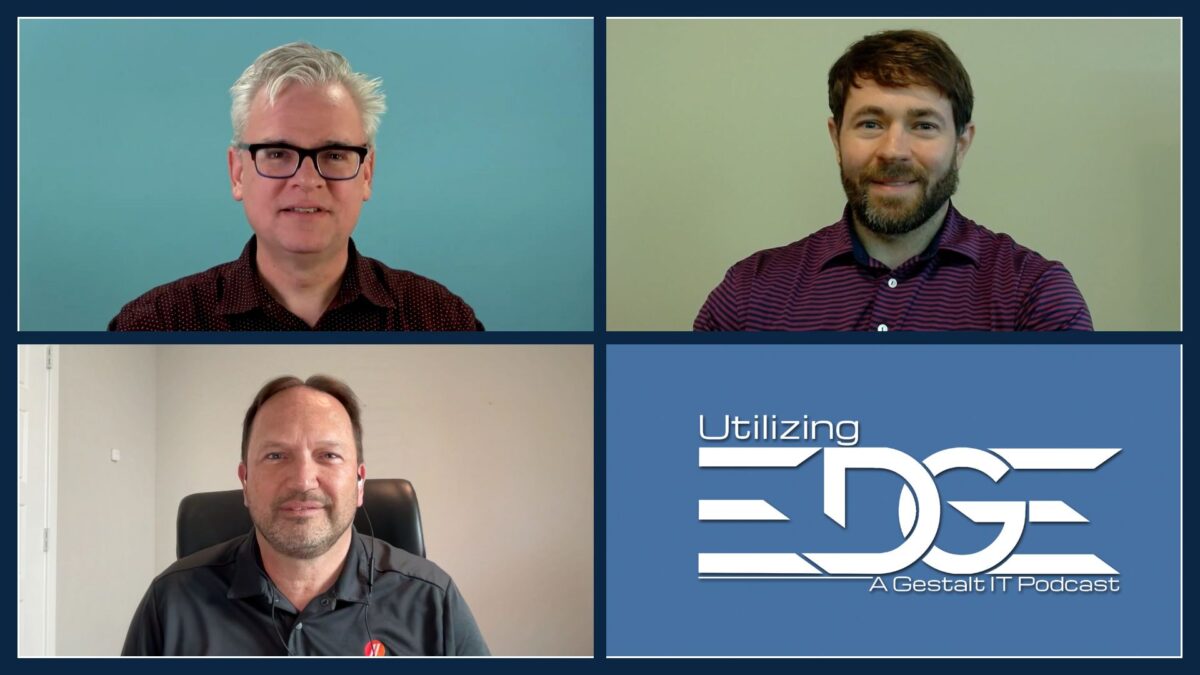Between the so-called last mile and first mile lies the middle mile, the realm of colocation and network service providers. This episode of Utilizing Tech features Roy Chua and Allyson Klein, discussing the middle mile with Stephen Foskett. This middle area includes content delivery services like Varnish and Akamai, as well as companies like Cloudflare that are delivering content and compute there. The middle network includes providers like Equinix, Digital Realty, and Megaport, which provide connectivity to the cloud and service providers, the hyperscalers themselves, and some interesting networking startups like Packet Fabric and Graphiant. We must also consider observability, with companies like cPacket and Kentik as well as companies like Cisco and Juniper Networks.









